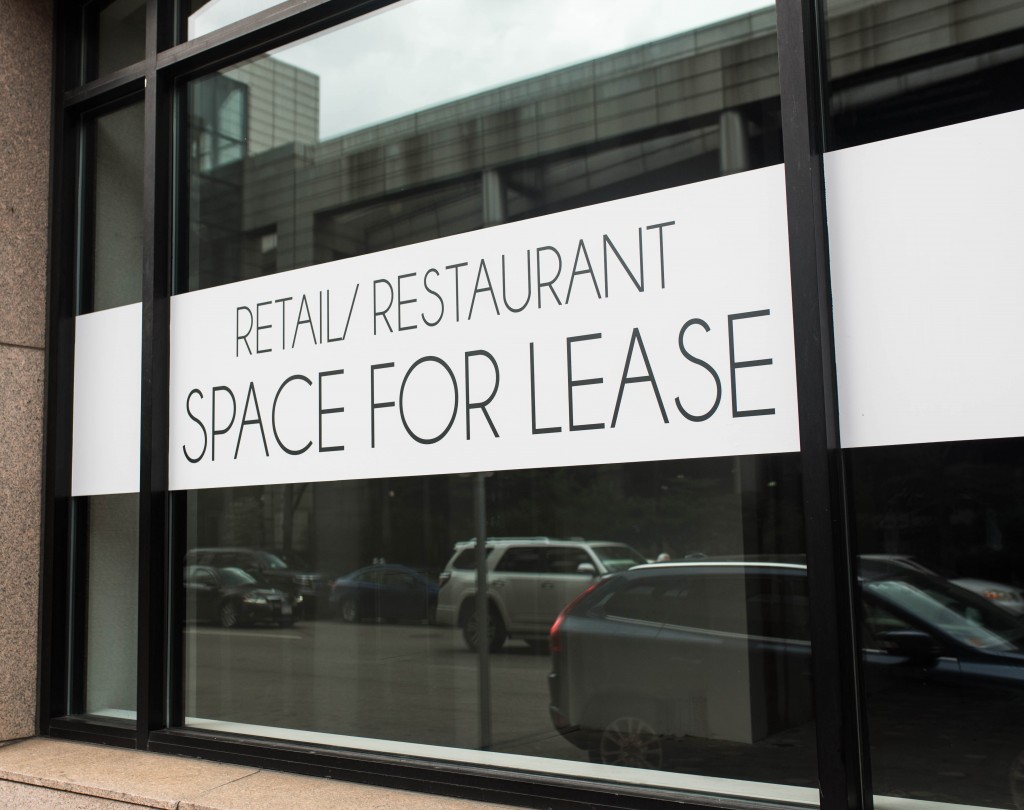If I have the time, would it be better to travel by car, bus, train, or plane? When I go out, do I want the same food over and over again? If I stay in a hotel, what do I expect to get for the price I pay? Is eating out just about eating?
As we ponder answers to these questions, let us explore four current trends in the hospitality industry.
The Car Boom
One of the most important things the covid-19 global pandemic has taught us is the need for social distancing and isolation. In the hospitality industry, this can be seen with the enormous decrease in non-business air travel and the increase in car-based holidays.
The reason is an obvious one. When we travel by car, we can do it either by ourselves, our families, or a few selected friends. As such, we can choose the people we mingle with, giving us a feeling of well-being and safety.
Hotels and other accommodation providers have taken notice. They’ve started increasing their parking space as well as providing alternative lodging options for people with cars.
So, if you’re planning to go on vacation soon and you’ve been putting off installing a new timing belt on your Subaru or Toyota vehicle, perhaps now is as good a time as any to do it.
Alternative Dining Options
Depending on the city where you live, if you walk into a Burger King or McDonald’s, you know what you will get. The same goes for other fast food establishments like KFC and Domino’s Pizza.
But unless you are a super popular chain with years of experience and a global market presence, you cannot rely on offering a limited number of products to a limited clientele. Instead, you need to provide your customers with a wide range of options that include regular meals, vegetarian and vegan dishes, and pescatarian choices.
Aside from this, you also need to focus on quality and variety. Even if you are in the business of comfort food and snacks like cakes and ice cream, today’s consumers want dishes from all over the world and demand they be not only delicious but also well-presented and properly served.
This is no longer a luxury but rather a minimum standard if you want your eatery to stay afloat.
Smart Hotel Rooms
In the past, a great hotel experience was defined by comfortable and spacious rooms, great customer service, exterior amenities like restaurants and swimming pools, and convenient transportation to and from the airport. In the 21st century, this is not enough, regardless of whether you are staying in a five-star resort or a Motel 6 down the side of the road.
To remain popular and profitable, hotels need to provide their guests with interactive experiences that combine technological development with rest and entertainment. For instance, platforms like Enseo allow guests to use their own Netflix, Hulu, and other streaming services subscriptions with existing hotel television sets. As such, travelers can enjoy watching their favorite movies and TV shows while on vacation or a business trip.

Another example is customized tablets that allow visitors to control anything from coffee makers to curtains, showers, and air conditioning systems.
Finally, the key and card-less experiences are here to stay. In many hotels, guests can open and lock doors and safety boxes with their smartphones and other portable devices.
Interactive Food Experiences
One of the most interesting studies of Anglo-Irish philosopher George Berkeley is that of observation, knowledge, and perception. Many credit him with the well-known query, “If a tree falls in a forest and no one is around to hear it, does it make a sound?”
While answers may vary depending on whom you ask, one thing is certain. We live in a world dominated by social media, a world in which everyone knows everything about everyone else. Not only that but information travels in real-time.
But how is this relevant to the food industry? Well, if you go out with your friends and family to a nice restaurant but don’t share a picture on Instagram or Facebook, can you say you really went?
And it is not only about sharing dining experiences. At present, there are tens, if not hundreds, of apps that allow consumers to book restaurants, write reviews, share commentary with other users, and even participate in creating menus and restaurant decor.
Furthermore, many diners offer diverse POS services that allow customers to choose and customize dishes without waiting in line.
The hospitality industry’s four trends are the return of the car boom, alternative dining options for all tastes, smart hotel rooms, and interactive food experiences. As technology keeps developing and we navigate through covid-19, it will continue to define the present state of the industry and where it is heading as a whole.




